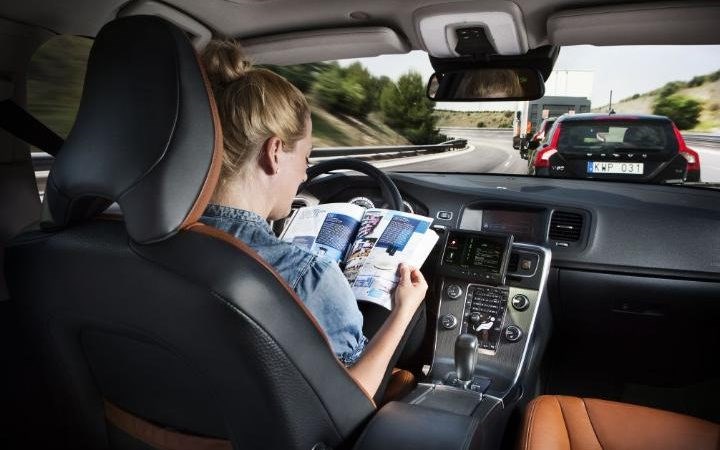
What could the future of driving look like?
Content Producer and Researcher Leo Clarke explores some of the ways that driving may change in the coming years, from self-driving cars to electric vehicles, and how these changes may impact car owners.
The way we get around is changing. Cities are getting more congested, and people are looking for ways to avoid sitting in traffic. That's why a lot of people are turning to public transportation, ride-sharing, and even walking or biking to get where they need to go. But what does that mean for the future of driving?
How self-driving cars could change driving
One of the biggest changes on the horizon for driving is the rise of self-driving cars. These autonomous vehicles have the potential to revolutionise the way we get around. Imagine being able to take a nap, catch up on work during your commute or have your car reverse park itself into a tricky spot.
Of course, there are still some kinks that need to be ironed out before self-driving cars become mainstream. For example, who would be liable in the event of an accident? But regardless of these challenges, it's clear that self-driving cars are going to change the way we think about driving.
Connected and autonomous vehicles
One of the most exciting technologies that's on the horizon is connected and autonomous vehicles. With this technology, your car will be able to communicate with other vehicles on the road as well as with infrastructure like traffic lights, street signs or car parks. This will make driving safer and more efficient by reducing congestion and preventing accidents.
The rise of electric vehicles
Another change that's happening in the world of driving is the rise of electric vehicles. These battery-powered cars are becoming more and more popular as technology improves and range anxiety decreases. Electric vehicles also have a much smaller carbon footprint than traditional gasoline-powered cars, which is good news for the environment – especially in busy cities.
Many cities are offering incentives for people to switch to electric cars, such as free charging stations and access to HOV lanes. If you're thinking about making the switch to an electric vehicle, now is a great time to do it. You may find yourself getting a favourable parking spot close to the city centre, although overall accessibility of EVs is still improving all the time.
Shared mobility services
We're already starting to see a shift away from private car ownership towards shared mobility services like ride-hailing and car-sharing. This trend is likely to continue as these services become more prevalent and affordable. With shared mobility services, you don't need to own a car to get around; you can simply use your smartphone to hail a ride whenever you need one. This could reduce traffic and parking restrictions in cities, and it would also free up space in your driveway or garage.
We've come a long way since the first Model T rolled off the assembly line and we're on the cusp of some more major changes in the automotive industry, so buckle up and get ready for the ride. We're moving towards an electrified, connected, and shared mobility future. Private car ownership may become a thing of the past, but that doesn't mean that we're giving up our love affair with the automobile. We're just evolving along with it.
This is a guest post by Leo Clarke, Content Producer and Researcher
